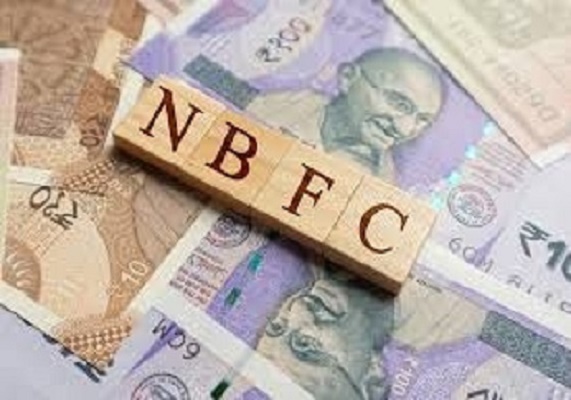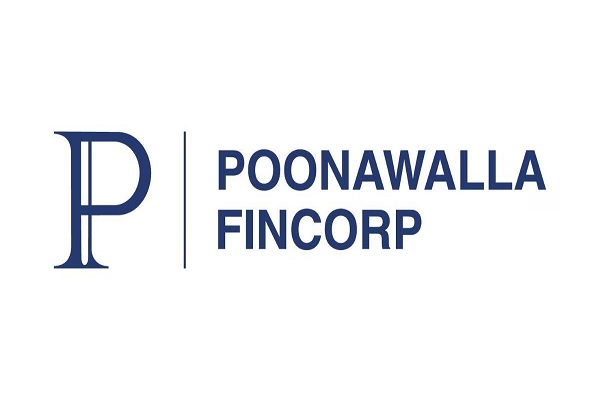Financials Banks Sector Update :Ground Zero - Channel check - Boots, branches and beyond by Motilal Oswal Financial Services Ltd

Ground Zero: Channel check – Boots, branches and beyond
DSA commission rises as focus turns to growth; stress visible in MSME pockets
We interacted with various direct loan selling agents (DSAs), covering the corporate and retail segments, to get insights into the credit demand outlook and the incremental asset quality trends. Following are the key takeaways:
* Unsecured business loans, particularly mid-ticket MSME loans (INR3.5-4m), are still showing signs of stress, with rising DPDs and restructuring cases. Secured lending (LAP, home loans) remains stable across most geographies. Kerala and Bihar continue to report collection challenges, whereas Mumbai, Gujarat, Rajasthan, and Andhra Pradesh are witnessing some improvement.
* DSAs mentioned that banks are increasingly using commission incentives to drive disbursements. Unsecured loans now carry 3.5% to 4.5% payouts for Tier-1 DSAs, while secured products carry 1.5% to 2% payouts. Many lenders are also waiving or negotiating processing fees to boost acquisition.
* Select players like HDFC and Axis are active in unsecured loans, while ICICI continues to be conservative in this segment. Yes Bank and IDFC First, however, are pursuing aggressive market share gains in MSME and unsecured business loans.
* Festive-season campaigns have led to incremental disbursement growth, mainly among high-ticket customers who receive lower rates and higher DSA incentives. GST changes, however, have not materially influenced loan inquiries, suggesting demand is driven more by pricing and seasonal promotions than regulatory triggers.
* Private banks such as IDFC First, AU, and Yes Bank are targeting market share gains in unsecured business loans and MSME loans, leveraging tech-enabled disbursal and hybrid government schemes. Meanwhile, HDFC and Kotak remain focused on curated, low-risk portfolios with stringent client screening.
* Top picks – HDFC, ICICI, SBI and AU Bank.
Corporate segment: PSU banks aggressive, while private banks are selective
* Our recent channel checks indicate that corporate financing trends have bifurcated after Covid. Large corporates remain cautious, relying more on internal accruals. PSU banks like Union Bank, PNB, and BoB have turned aggressive in mid-market lending to capture market share, even as their processes remain slower than that of private peers.
* In contrast, ICICI and Kotak are pursuing quality mandates selectively, with Axis becoming more competitive in pricing. Kotak and HDFC maintain strict credit filters, focusing only on curated opportunities.
* LTV norms have recently eased, though banks remain wary of cyclical sectors such as metals, jewelry, and recycling, where exposure is capped at lower LTVs (40-50%). Incremental demand is concentrated in working capital finance for MSMEs, often hybridized with CGTSME schemes, while mid-ticket unsecured loans (INR35-40m) are showing rising delinquencies due to overleveraging.
* Private banks remain cautious in underwriting high-yield unsecured corporate loans despite the lucrative spreads, as DPDs are rising and restructuring cases are increasing even after evergreening. DSAs confirm that stress in this segment has only begun and may persist for another 1-2 years, making lenders focus on secured opportunities where delinquency risks are lower.
Unsecured segment: Stress rising in certain pockets; loan tenure increasing
* Our checks suggest that the unsecured business loan segment is at an inflection point, with higher yields attracting strong competition but also creating visible stress pockets. DSAs report rising delinquencies, with restructuring cases picking up even after instances of evergreening, as over-leveraging and multifunding across lenders have become common.
* Banks have extended tenors in personal loans now at 6 to 7 years and business loans to ~5 years to ease EMI burdens, though bounce rates remain elevated, particularly in mid-ticket loans (INR3.5-4m).
* HDFC is turning more active in the unsecured segment, with some rate pass-on to acquire customers even as the bank maintains tight underwriting standards. Axis too remains opportunistic for growth.
* ICICI remains conservative and process-led, while Kotak and HDFC maintain stringent client scrutiny. Yes Bank and IDFC First, however, are pursuing aggressive market share gains in MSME and unsecured business loans.
* NBFCs, once dominant in sub-prime lending, have slowed disbursals, while PSU banks are pushing retail and MSME loans more actively at competitive rates.
Commission structures: Higher payouts to garner credit share
* Unsecured loans: Commission rates have increased from ~3% to 3.5-4.5%, with Tier-1 and pan-India DSAs receiving the highest slabs.
* Secured loans: Payouts have risen from ~1% to 1.5-2%, reflecting broader competition among lenders across LAP and home loan segments.
* PSU banks: They follow a distinct model by paying commission on the gross application amount rather than the disbursed value, leading to effectively higher payouts.
* HDFC, Kotak, and ICICI have kept base commission structures largely unchanged, while Yes Bank, Axis, and IndusInd have raised payouts.
* Processing charges: Many banks are open to negotiating or waiving fees, particularly during festive campaigns, to drive incremental sourcing.
* Net impact: The combination of higher commissions and lower upfront costs underscores lenders’ efforts to defend volumes in a slowing demand environment, despite margin compression.
Other insights: PSU banks aggressive on retail, MSME; tier-2/3 markets seeing heightened activity
Interaction with a large DSA (annual disbursement >INR500b)
* PSU banks are increasingly driving retail, home loan, and LAP disbursements, offering lower rates and faster turnaround times (6-7 days), while private banks remain selective, focusing on secured, low-risk portfolios.
* Tier-2 and tier-3 markets are seeing heightened activity, with SFBs like Jana and AU and NBFCs like Sundaram Housing and Karnataka Bank aggressively sourcing secured business and MSME loans, often targeting ticket sizes above INR1.5m. Local NBFCs are also emerging as key competitors in these geographies.
* Stress is concentrated in unsecured loans, particularly in mid-ticket MSME loans and small business loans. While secured portfolios continue to perform steadily, overleveraging and multi-lender exposure are contributing to selective defaults.
* Banks are increasingly adopting targeted incentive structures and flexible processing models to secure high-quality leads. Instead of broad-based commission hikes, lenders are strategically prioritizing DSAs who consistently deliver low-risk, well-documented clients, offering differentiated benefits such as faster approvals, tech-enabled disbursal support, and seasonal bonuses during peak periods. This approach reflects a shift toward efficiency-driven sourcing rather than purely volume-driven incentives.
Asset quality: Stress easing broadly, select mid-ticket MSME loans remain under watch
* Overall, stress levels are easing in retail and secured segments, with collections stabilizing across most portfolios.
* Unsecured business loans, particularly mid-ticket MSME loans (~INR3.5-4.0m), are showing pockets of stress, with rising bounce rates and selective restructuring cases.
* Secured loans, including LAP and home loans, continue to perform steadily, though borrowers with mixed exposures sometimes default on smaller segments of their unsecured loans.
* Regional variations persist: Kerala and Bihar report greater collection challenges, while markets like Gujarat, Mumbai, Rajasthan, and Andhra Pradesh are witnessing early signs of improvement.
* Banks are increasingly tightening underwriting and monitoring mid-ticket exposures closely, anticipating that stress in select segments may continue over the next 12-18 months.
Demand: Limited GST impact; festive season spurs incremental volumes
* GST-related inquiries have remained stable, with no material spike in loan demand after GST changes, indicating that businesses are not factoring GST into additional credit requirements.
* Festive campaigns have emerged as a key short-term growth driver, with banks offering lower rates, cashback schemes, and higher DSA commissions to boost disbursals.
* DSAs report that promotional schemes primarily benefit high-ticket customers who receive lower interest rates and where DSAs also receive enhanced commission incentives.
* Overall, the demand uptick during festive periods is modest compared to previous years, suggesting that credit growth is increasingly guided by selective sourcing rather than broad-based seasonal trends.
Valuation and view
Our latest channel check reaffirms our view that the systemic credit growth will be sustained at 11-12% YoY in FY26E (similar to FY25 levels), with lenders prioritizing asset quality amid tighter underwriting and higher risk aversion. Retail disbursals are flowing selectively into high-score, well-documented profiles, while unsecured and surrogate loans are facing elevated scrutiny. Corporate lending is being driven by demand for working capital and boost from policy-linked sectors, even as borrowers increasingly favor low leverage and higher reliance on internal funding. We, thus, estimate corporate loan growth to remain modest during FY26 as well. PSU banks are turning aggressive, though they continue to lose ground due to tech and TAT challenges. Private players are able to better leverage execution and commission dynamics to win market share. Top picks: ICICIBC, HDFCB, SBIN and AUBANK.
For More Research Reports : Click Here
For More Motilal Oswal Securities Ltd Disclaimer
http://www.motilaloswal.com/MOSLdisclaimer/disclaimer.html
SEBI Registration number is INH000000412
.jpg)

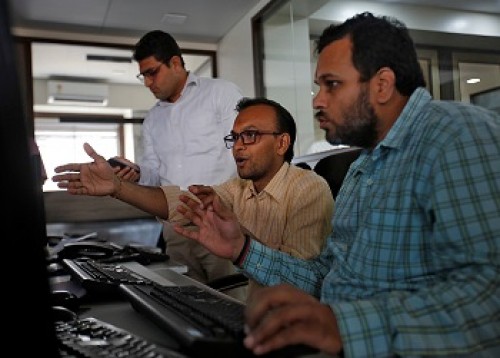

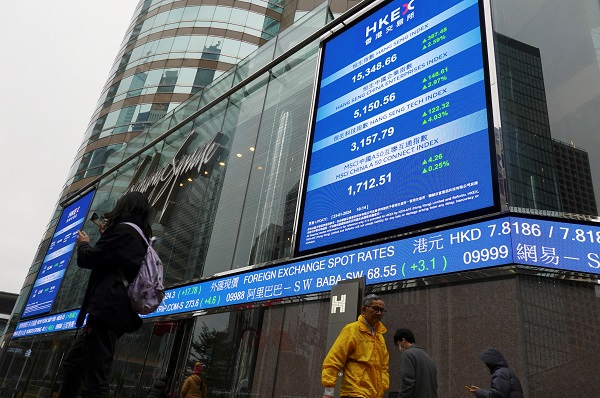

.jpg)
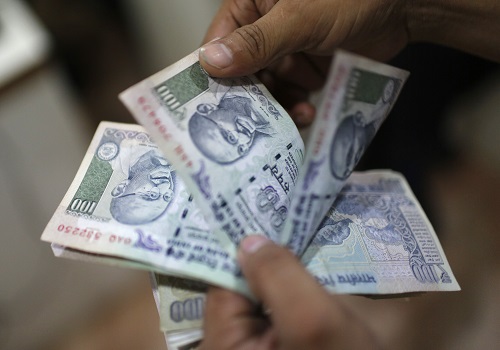
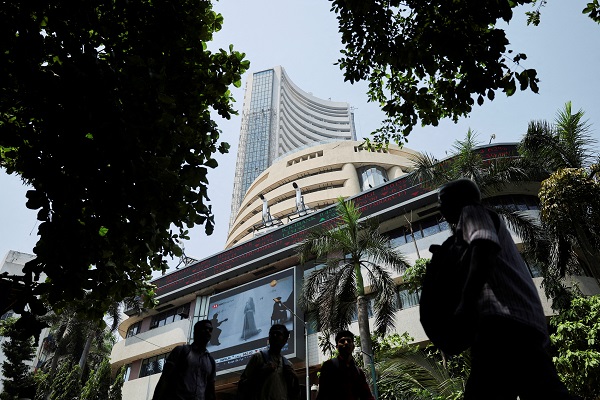

More News

Cables and Wires Sector Update : Domestic demand remains strong; exports gaining traction b...












